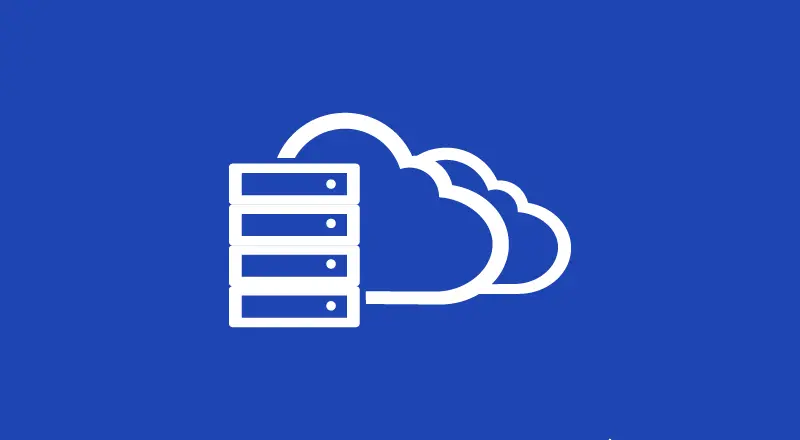
Introduction
SharePoint 2013 is built on the SharePoint Foundation Services Platform and replaces SharePoint 2010 as the collaboration portal from Microsoft. For content management, especially around the processes involved in the lifecycle of how content is structured, managed, retired and definitely consumed within an IT organization, it is intended to provide for a true enterprise platform. In addition to this, it must manage the user lifecycle process, as well as the security model to insure that authorized people have access to relevant content.
What is Content?
The most common types of content on the existing platform include static content on collaboration sites, such as office documents and PDF files, Wiki pages, blogs, and any dynamic content that users might have created. Source content can include XML documents, images, audio and video files, as well as data from line-of-business applications or third-party applications that could have been integrated with SharePoint 2010.
From a content migration perspective, source content may have additional descriptive information associated with the files, in addition to the document file stream – the actual file content. The additional information may include:
• Metadata. Additional descriptive information stored in a document, in a companion file; or a record in a database or line-of-business application.
• Structure. Information implied by the folders and containers used to store or group the content files.
• Access Controls. The security mechanisms (usually associated with the folder structures) that control the rights granted to a particular user for reading, writing, creating, and deleting content.
• Event-Based Workflow. Application logic that may be associated with a content store or folder that is executed when a new document is created or a change to an existing document is made.
• Content in Webparts/Forms. Custom content created in third party Webparts or static HTML content in Webparts deployed on the 2010 farm.
What is Content Migration?
A simple definition of content migration is copying documents (and data) from a source content store to a target content store with appropriate level of planning and execution, especially for larger content migration projects. Effective content migration frameworks are composed of models for the source and target content stores; the processes used to plan, execute and track the migration process; the tools to support the chosen processes; and, best practices.
Using a Content Migration Process Framework
Content migration strategy must allow enterprise deployed instances of SP 2010 to have an operating framework that allows business content to be migrated to the cloud or to a separate hosted SharePoint 2013 system. A successful, large-scale, content migration project can be attained using a process framework that includes:
• A reference model for describing the different types of source content and source content stores, as well as the characteristics of the target content store.
• A set of processes, activities, and tasks for planning and executing the content migration project.
• A set of recommended content migration tools for each step of the project.
• Best practices accumulated over several content migration projects.


